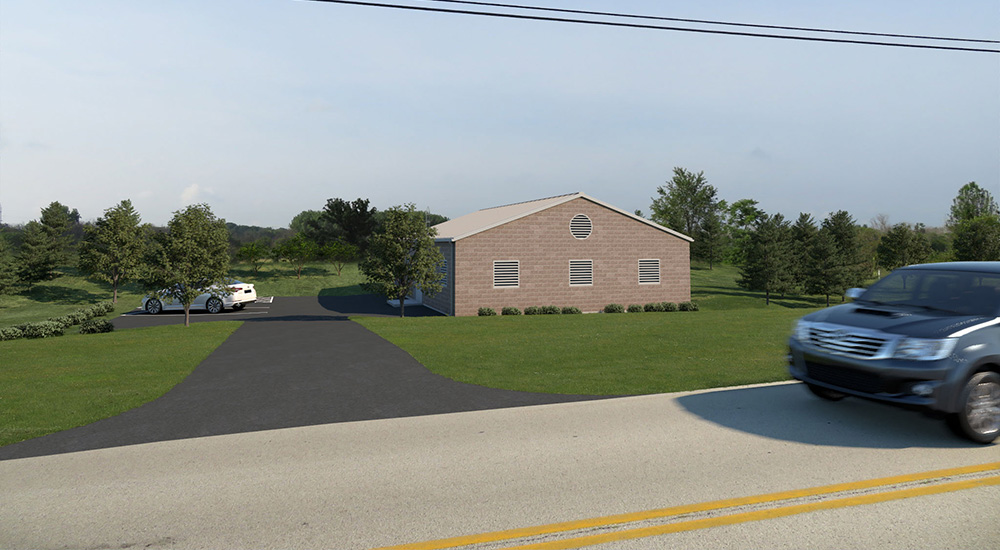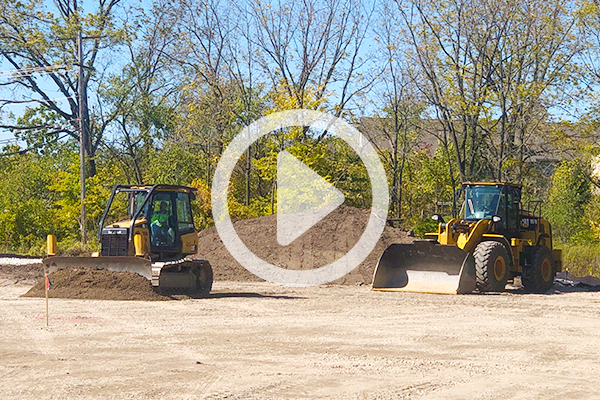Keeping you in the loop,
Franklin.
The Great Water Alliance will be partnering with neighboring communities for years to come. We invite you to bookmark this page so you can easily keep up with local news and developments, and learn about upcoming events in Franklin.
Waukesha Water Utility Outfall Facility and Environmental Information

The City of Waukesha needs a long-term, sustainable alternative to its existing water supply. The aquifer which has been the City’s primary source of drinking water has become depleted in Southeast Wisconsin. This is due to in large part to a natural layer of shale rock that restricts rainwater and snowmelt from recharging the aquifer, which means increased elevated levels of radium and other contaminants.
In June of 2016, the Great Lakes Compact Council unanimously approved Waukesha’s application to borrow source water from Lake Michigan and return the same amount used via the Root River. As the Great Water Alliance (GWA) – Waukesha Water Utility’s program to solve this problem – works to create a safe and sustainable supply of clean drinking water for Waukesha, we will keep communities engaged and informed.
Important Facts:
- Cleaned and treated water will be returned to Lake Michigan via pipes from Waukesha’s advanced Clean Water Plant to an outfall site along the Root River in the City of Franklin. Waukesha’s Clean Water Plant’s level of treatment is matched by only a handful of municipalities in the state. The water that is returned will be higher in quality and have stricter permit limits than existing discharges into the Root and other rivers. The GWA Program will result in a net improvement of water quality in the Root River and will achieve the increase in base flow volume that has been sought for more than 50 years.
- The up to 8 million gallons per day that enter the system will help raise water levels on the Root by as much as 6.5 inches during low-flow conditions, helping solve this generations-old problem of low flow. Increasing flow during dry periods will improve fish passage. Fishing opportunities along the Root will increase and more trout and salmon will reach the Root River Steelhead Facility. Because natural reproduction of trout and salmon doesn’t occur in Wisconsin waters, Lake Michigan trout and salmon fishing is dependent upon the success of egg collection facilities like the Root River Steelhead Facility.
- The Southeastern Wisconsin Regional Planning Commission (SEWRPC) as well as the United States Geological Survey (USGS), the Milwaukee Metropolitan Sewerage District (MMSD), and the Great Water Alliance continue to research the Root River and potential effects of the outflow. Expert studies confirm that the return flow will be virtually undetectable during high-flow events (such a rainstorms), and show that the return flow outfall enters the Root River downstream from common flooding areas.
- This is a known, standard approach for our communities. About 473 — or 94% — of the approximately 500 municipal wastewater treatment plants in Wisconsin flow into rivers. Of those that do not, 22 flow directly to the Great Lakes and 8 flow directly to inland lakes. Federal and state regulations protect water quality and communities that are downstream from municipal discharges. In fact, Waukesha itself is currently the beneficiary of such protections, as two municipalities discharge into the Fox River upstream of the city.
- Waukesha Water Utility purchased a 76-acre parcel at 5207 Oakwood Road. Only a portion will be used to support the outfall facility, which includes a “reaeration” building, driveway, parking area for two cars, and outfall pipe to the Root River. The reaeration building, approximately 49’ by 39’ in diameter and 17’4” tall, similar to a single-story house, will be located 35 feet south of the City of Franklin’s proposed 80-foot right-of-way. The area will be landscaped, with a burnished block building and a standing seam gable metal roof, looking similar to nearby homes. There will be two light poles with motion-sensor lighting, no brighter than a streetlight. Construction will take approximately 9 months to complete.
Please reach out with any questions or concerns you have.
